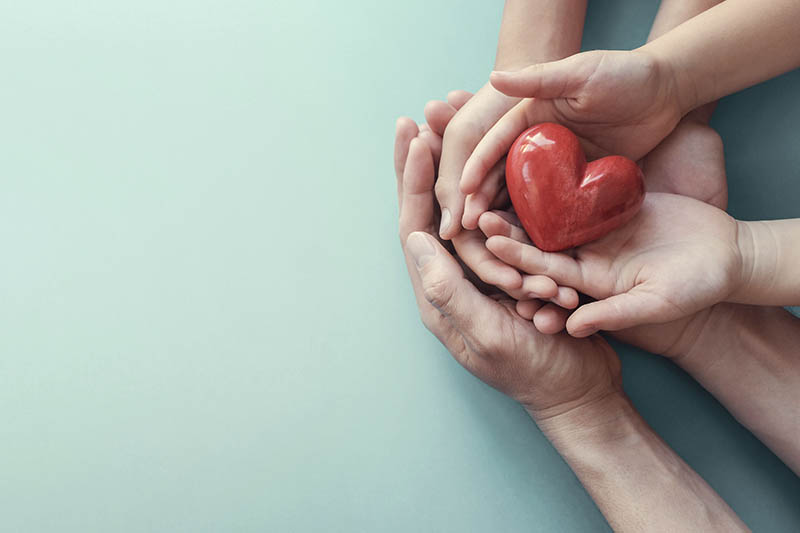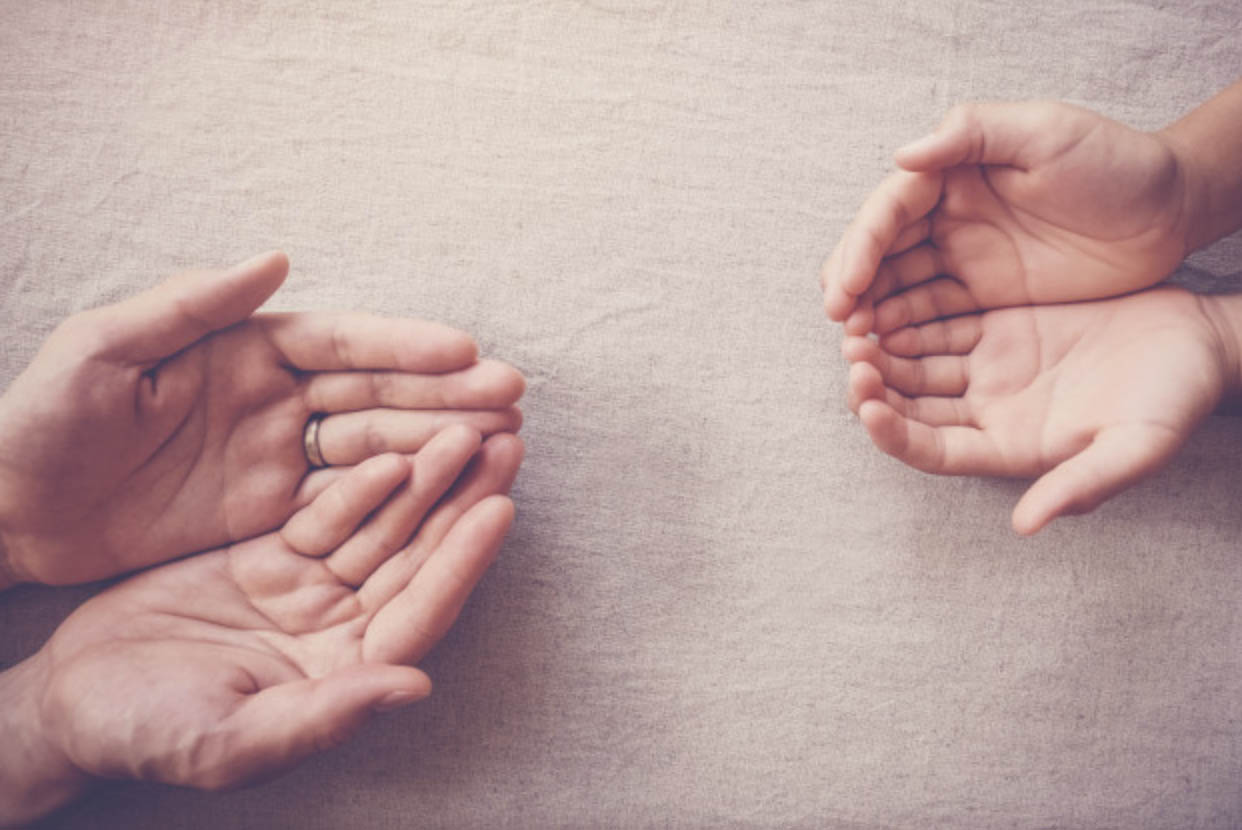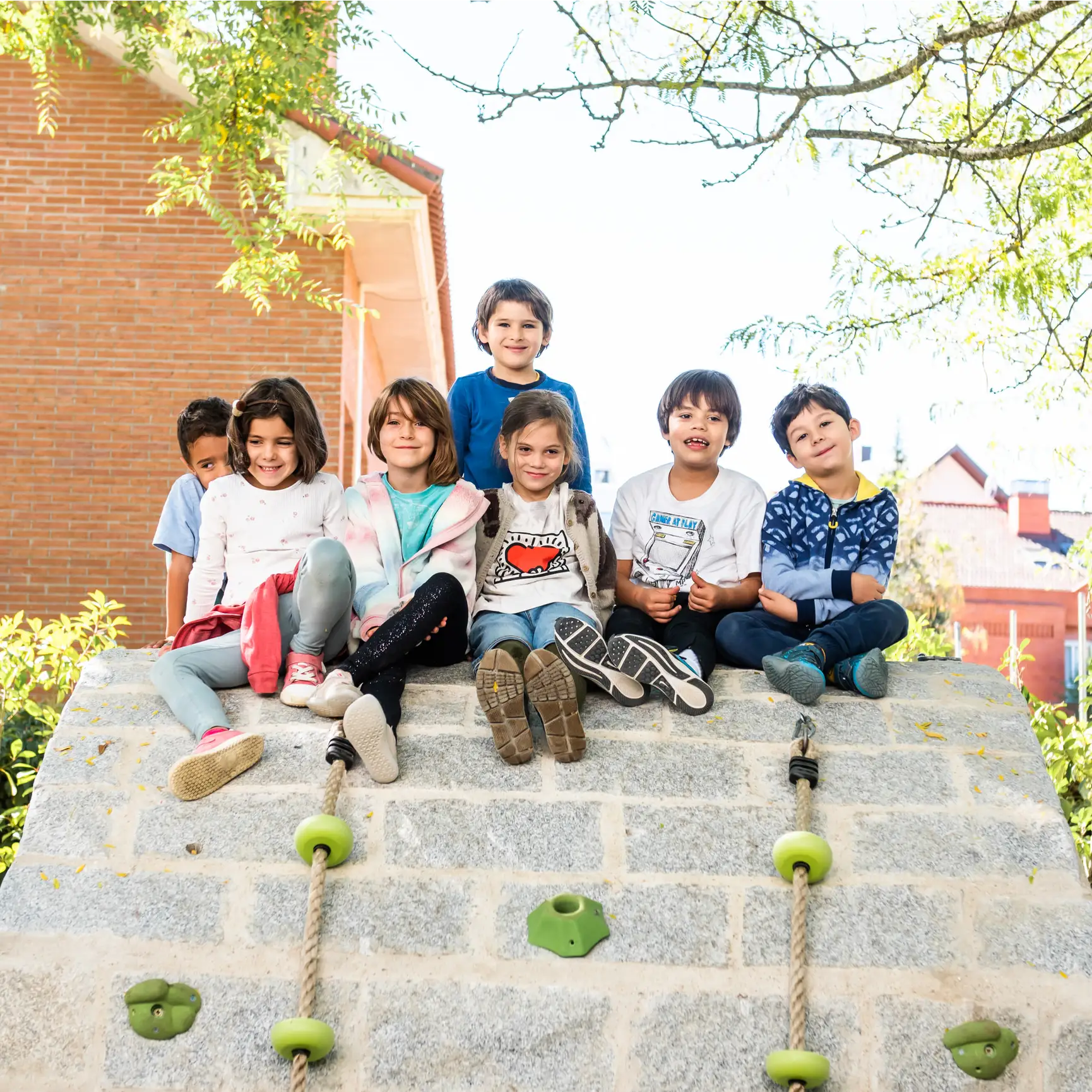Los pilares pedagógicos que sustentan la Disciplina Positiva son los siguientes:
- Ser amables y firmes al mismo tiempo (respetuosos y motivadores).
- Ayudar a los niños a sentirse importantes (conexión adulto-niño antes que corrección).
- Enseñar valiosas habilidades para la vida (respeto, habilidad para resolver problemas, participación, responsabilidad…).
- Aprender de las consecuencias lógicas y naturales de sus actos.
- Ayudar a los niños a que desarrollen sus capacidades y sean conscientes de ellas.
- No incluir el castigo físico, el chantaje o la manipulación.
- Ser eficaz a largo plazo en los distintos contextos sociales.
Both to resolve conflicts and to guide our educational practice and assist children in the management of basic rules of coexistence and respect for oneself, peers, the material and the environment, in “Greenleaves Montessori” we are guided by the pedagogical principles that underpin Positive Discipline.
We define Positive Discipline as an educational model created by and to understand the behavior of both children and their families, and how to approach these attitude to guide them on their way, always in a positive, affective, but firm and respectful way at the same time.
The entire educational team promotes communication, love, understanding and empathy to enjoy relationships with both children and their families.
We offer alternatives to understand the behavior of their children (even when it is not appropriate) and redirect it with respect, without power struggles and always from a positive view.
It is an approach that does not include excessive control or permissiveness.
It is based on mutual respect and collaboration with the intention of teaching the child basic life skills.
The pedagogical framework that support Positive Discipline are the following:
- Being kind and firm at the same time (respectful and motivating).
- Help children feel important (adult-child connection before correction).
- Teach valuable life skills (respect, problem-solving skills, participation, responsibility…).
- Learn from the logical and natural consequences of their actions.
- Help children develop their abilities and be aware of them.
- Do not include physical punishment, threaten or manipulation.
- Be effective in the long term in different social contexts.









